
Open world games have become a norm for the past 7-9 years. Before that, designing games like that would be taxing on the hardware, so game developers made games that were working with the limitations. But after the PS4, and Xbox One arrived, open world games became the rage.
Fast-forward to today, we have games like Elden Ring that have set the best example of what an open-world game is supposed to feel like. Not that every game will follow their path, but they have set the benchmark really high. And I am sure many more games that are bound to come this year, will start to introduce open world design like no other. Game design is evolving, but it still has some crux to resolve.
PS5, and Xbox Series X took up a bigger challenge by not only having to push the boundary towards the uncanny valley, but create a world that evokes a sense of living and implores you to take time getting to know it.
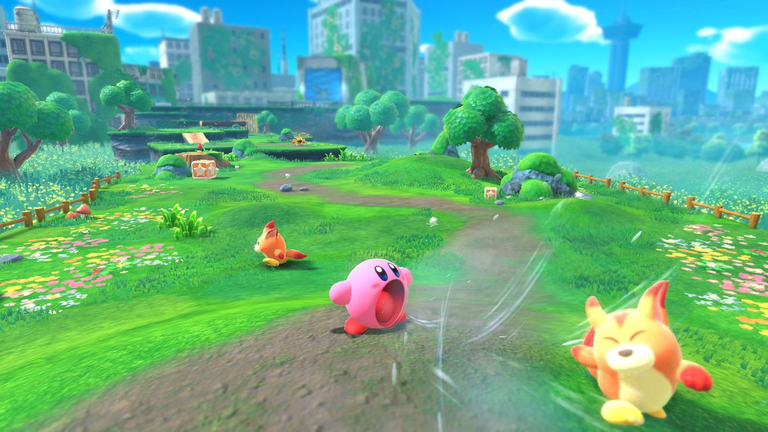
Good games like the recently released Kirby and the Forgotten Land ensures good design while balancing out the interactivity and creative aesthetic parts of its large map design. You're mostly playing in large levels that look mimics open world design, but not entirely.
While I am sure Ubisoft open world games are the never ending butt of the jokes, I can assure you that there are games that far worse and only put open world labelling for marketing reasons mostly.
Adding Quality Per Sq/Ft
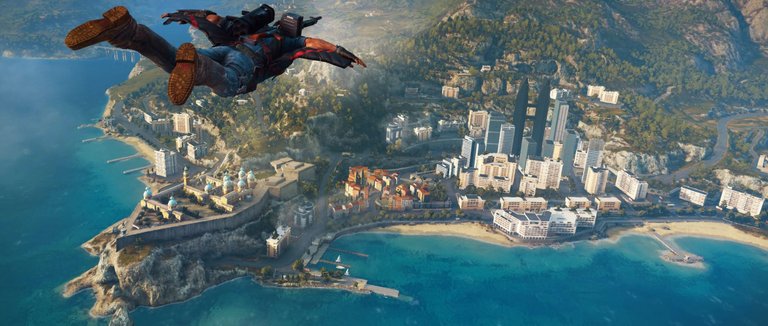
You know what I like about Just Cause 3? The entire map that is created as a city is an amazing playground of destruction. The famous term for games like these is called sandbox. Sandbox games have open world design but largely differs from those. Everything from boxes to buildings in Battlefield 4 are interactive, they can be destroyed in any kind of degree.
But sandbox games involve a lot of repetitious mechanics in order to interact with so many objects that would bring different effects. This gives loads more variety, and is the same thing done with games like Dying Light 2, which just came out also a while ago.
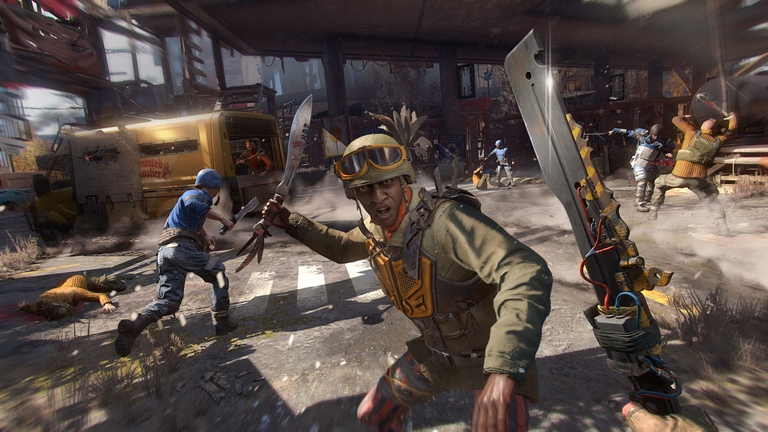
Sandbox is a specific type of game, though it's easy to confuse that with the majority of open-world action adventure games these days, since they share similar traits. Which is why it's important to note what kind of games stand to provide more quality.
The issue with some open-world sandbox games, and the most notable example being Far Cry 6 is the lack of fun factor, and creating these checkboxes, objective based activities that are tiresome. Side quests are now something every game has, and devs try their best to make them interesting, much as possible.
Elden Ring is never the kind of game that gives markers, or tells you straight up what you should do to get here or there. You have a few pointers, but everything else you have to discover by yourself. There are areas and sections that have secrets to be found, different enemy types to encounter with, and crazy boss battles or story expositions. From all the Soulsborne, this one has perfected all of it and hence why it is being heralded as the best game in the genre.
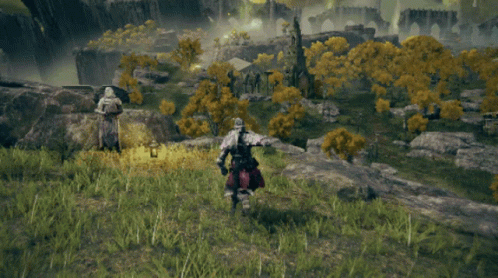
One of the lousiest use of an open-world design is something that you feel the game could have found potential use for, but it's only used in a sandbox capacity, with some artistic expressionism, but not allowing you to do so much more. Well, this game turned out to be Halo: Infinite.
Quite Open World, But Not By Much
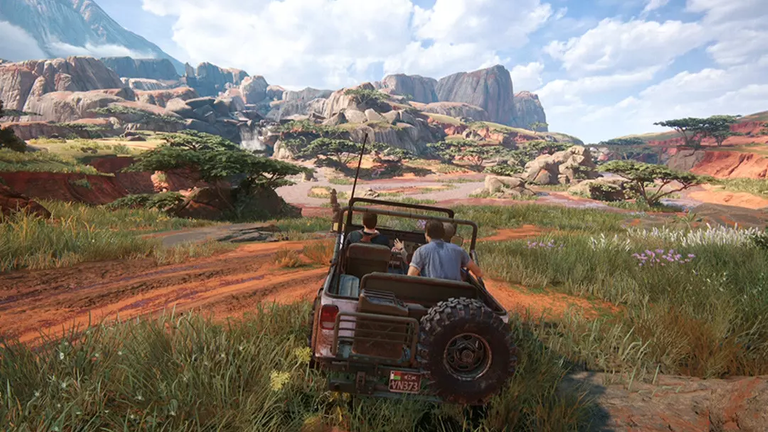
Uncharted 4 is a linear game that has open-world segments, and you want to know how I feel about them? Same way as I described earlier, they don't feel like they have real added purpose. Like, as if they were made to pad out the game's length, and you can see the clear sign of it feeling vapid. Some people will disagree with me on this, I can expect that, and I understand why. So I am going to talk about linear games with open-world concepts. And bridge the argument.
Just awhile ago, I was playing Marvel's Guardians of the Galaxy, and it's a pretty linear game with some places to explore within these large areas, There's so much detail within each section of the level explored, adding so much artistic appeal as well as allowing some smart design choices when interacting with the environment. I like the game, and I can easily say that it's a much more fun open world-esque linear game I've ever played.

FPS shooters like Titanfall 2 take advantage of large map areas by allowing the fast mobility of the players to go wherever they please, especially with the parkour mechanics providing crazy verticality for eliminating opponents online. Same goes for Apex Legends, which has maps that are actual open worlds with so many distinct sections to explore. And takes what Titanfall 2 has done even further with the battle royale premise.
The next big example I can give is Journey, now that game isn't free open world, it's a linear story game without too much difficult pathfinding, but it encompasses large areas to explore. I didn't think this felt hamfisted because there's so much artistic expression shown from these large levels, they're part of the evocation from the experience.
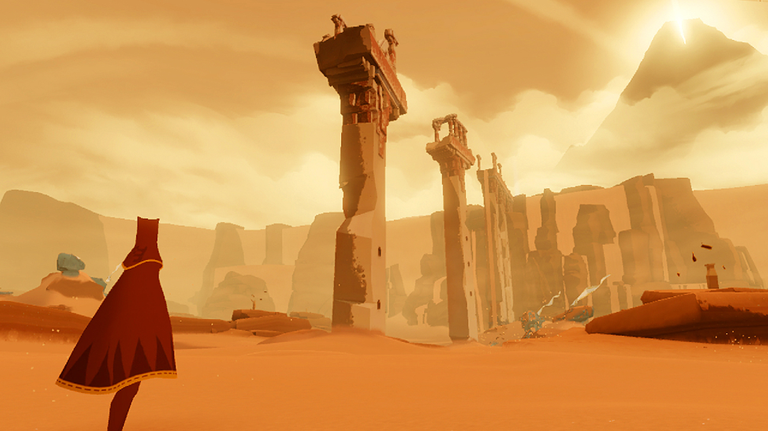
How does this differ from Uncharted 4? Well, I've seen waterfalls, cliffs, slopes, and all these other geometric things so many times, they just feel like added props with little effect. And it's easy to make that mistake time and time again, even today.
Rethinking Things
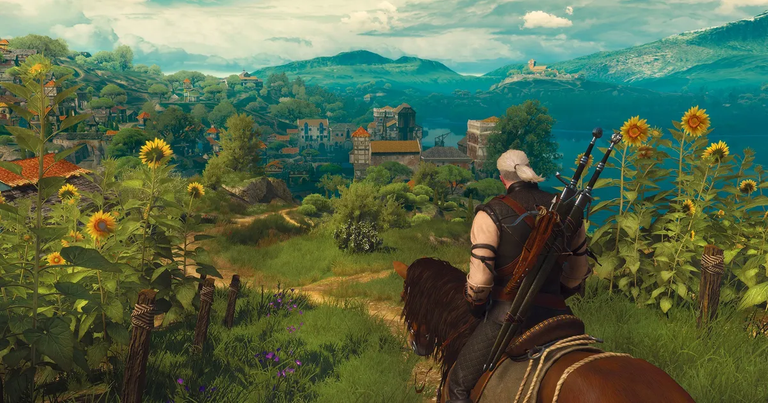
There are so many open-world games out there, that the good ones like Legend of Zelda: Breath of the Wild have owned the very notion of what an open world action games should be. Witcher 3 is still considered the best RPG game to this date, as it redefined the standards of what a game should be like. It used almost every bit of its lore to make its world very dense with interactivity.
Nintendo Switch hardware is pretty limited to this day, but even then there are so many exclusive games, proving time and time again that you don't need beefy hardware all the time to create a larger than life world. Though I hope that isn't always going to be the case for the Switch, since it has really met its limitations now, more on that on another post I'll make.
Game engines are becoming easier to program, and have so many contractors working for these. Majority of AAA games studios use 20% of the workforce from freelance contractors, and they're adding so much presence in the development field.
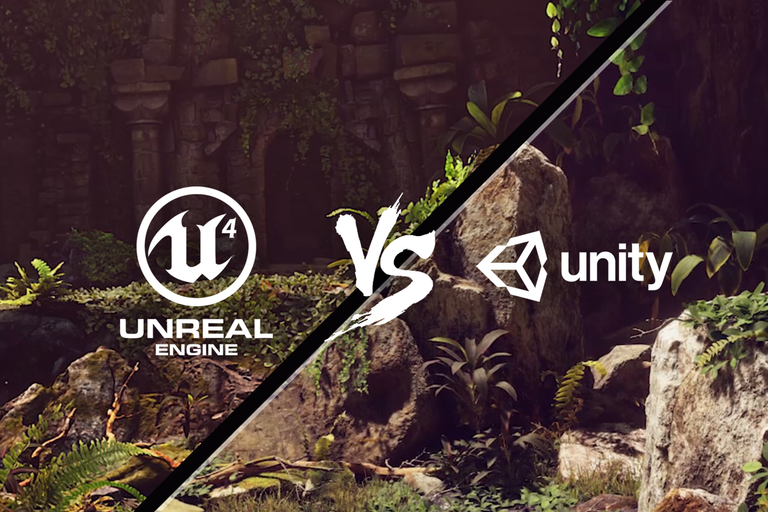
Unity and Unreal Engine are constantly adding features, allowing game developers to do crazy things with their games. And it's not always about graphics, crazy physics, post-processing effects or how ray-tracing is now implemented, each environment should be able to tell the players something or let them experience different things. Video games are a bizarre medium as always, they should go crazy.
I hope you guys enjoyed this bit, kind of exhausted now, will take a good rest just to take my edge off. Thanks for following me.